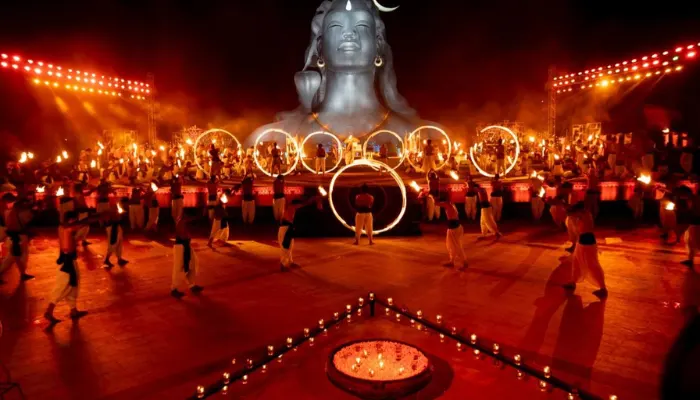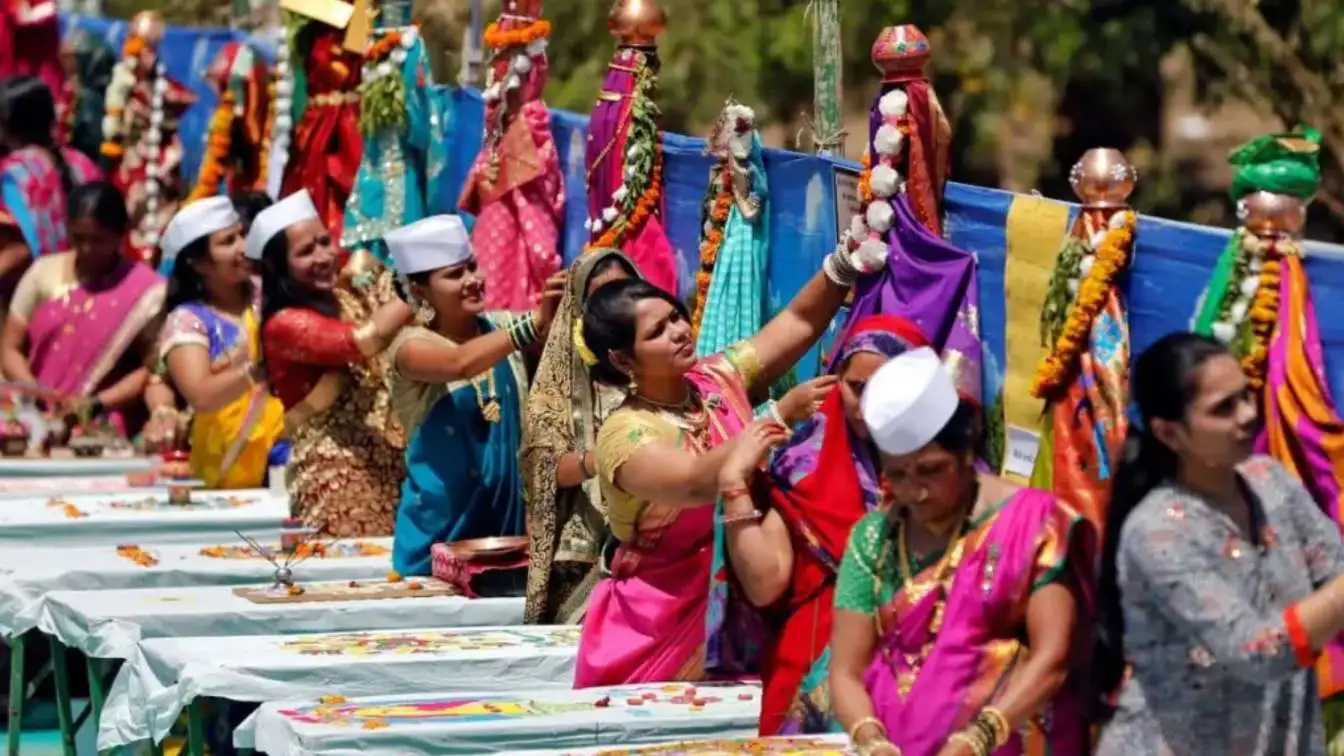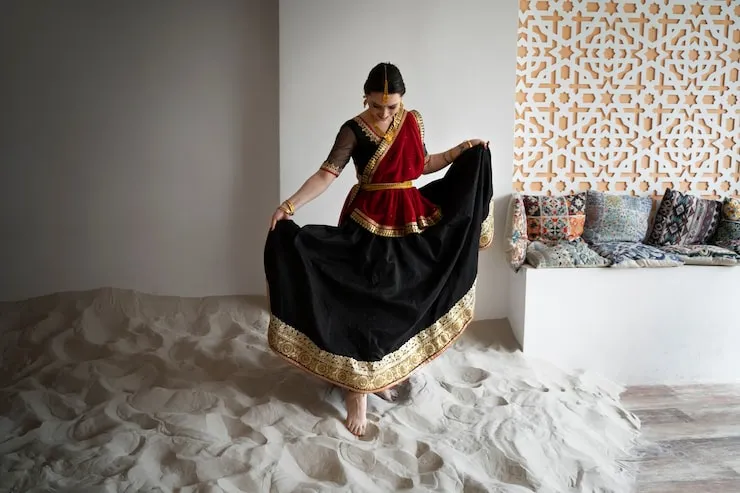It’s hard to describe Maha Shivratri unless you’ve actually lived through one. Not like I lived as in done the fast and all, I mean really felt it. It doesn’t sparkle like Diwali or burst into colors like Holi. This one different. It’s heavier, but not in a bad way. Just deeper.
See, it’s about Shiva. Not just the god but the idea of him — the stillness, the wildness, the everything-at-once-ness. And from what I’ve seen, heard, read, and felt, Maha Shivratri isn’t just a night. It’s like a doorway. Quiet, but alive.
Kailash Mountain
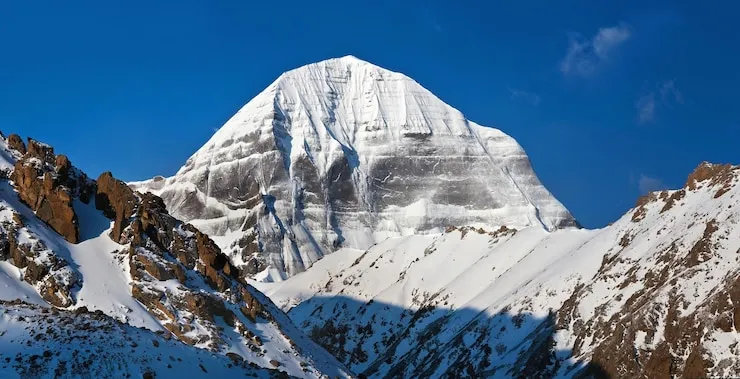
Mount Kailash. No, not like a tourist spot. More like a thought that became a mountain. People don’t climb it. Even the pro trekkers back off. It’s not because they’re scared, it’s because there’s this weird mutual understanding. That it’s not for us. That it belongs to someone.
Folks say Shiva just sits there. Not doing anything. Just being. That’s enough. And weirdly, during Maha Shivratri, even people who aren’t that religious start picturing that snowy mountain. They don’t even know why. You don’t have to see Kailash with your eyes to feel it in your gut.
Read More: Maha Shivratri: Unraveling the Mythology and Cosmic Significance of Lord Shiva’s Night
And Then Kashi
Total opposite. Kashi, or Varanasi, is never quiet. Ever. But on this night? It’s something else. Temples glow like fireflies. There are flower garlands everywhere, a throng of people, mayhem, and the scent of incense.But even with all that going on, there’s this thread of devotion running through it all. Especially at the Kashi Vishwanath Temple. You see people—old, young, tired, lost—lining up for hours just to pour a little water over a stone.
And that’s the thing. That Shivling? Just a black stone. But when you see how people approach it—head bowed, eyes wet—it suddenly feels like way more than a rock.
So What is the Story?
Which story, though? There’s like five.According to some, Shiva wedded Parvati on this night. Others believe it’s when he performed the Tandav—that wild, cosmic dance thing. Another one? He drank it to preserve everything during the entire poisoning incident while the water was churning.
But honestly, for most people, it’s not even about the story. It’s about what the night feels like. People stay up all night. Fasting. Not because someone told them to, but because sleep feels wrong on this night. You want to be aware. They chant. Or don’t. Some folks just sit. That’s all. And somehow, that still counts.
Every State, Every Style
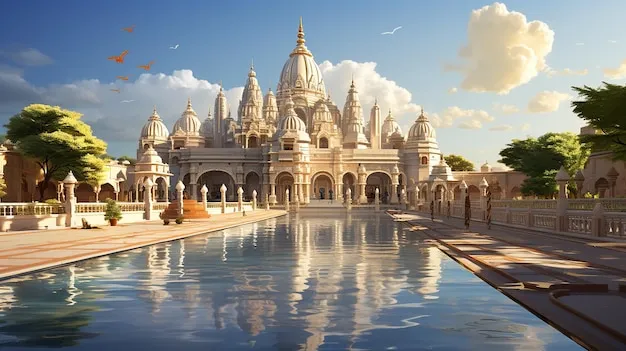
You’ve got Somnath down in Gujarat. Right near the sea. As the waves crash on the coast, the temple remains steadfast. And yet, it feels peaceful. People line up to bathe the Shivling. With milk, ghee, honey… someone once even offered rose water and marbles. Devotion’s weird like that.
In Ujjain, at Mahakaleshwar, it’s the ash thing. They do this early morning aarti with cremation ash. Shiva’s not scared of death. He wears it like jewelry.
Way south, Rameswaram. People bring water all the way from the Ganga to pour over the lingam there. A north-south fusion. Spiritually poetic, right? Each place makes it its own. No one way is better.
At Home
And not everyone goes to temples. Some just sit in their living rooms. Light a diya. Maybe there’s a little brass Shivling, maybe not. Doesn’t really matter.
Some families stay up together. Share stories, sing softly, hum. Kids try to be part of it but pass out halfway. Dads nod off while chanting. Moms nudge them awake. It’s all part of it. There’s no checklist.This cannot be done in a "right" way.
Shiva’s Like That
He’s not your typical god. No gold throne. No big palace. Just a mountain, ash on skin, a snake around his neck, and eyes that might be closed or looking straight through you.
He doesn’t want your perfection. He doesn’t care if your Sanskrit pronunciation is off. He listens to the ones who mutter. Who break down. Who forget the lines halfway. Who get angry but still show up.
He’s the god for the real ones. For the messy. For the ones who don’t fit the mold. That’s why so many people love him, even if they don’t follow anything else.
Also Read: From Ghughra to Ghazal: Gujarat’s Timeless Traditions Culture
The Night Goes Beyond India Now
It’s not just in temples or towns anymore. In 2025, you’ve got Zoom calls with bhajans. People in New Jersey or Malaysia staying up late, whispering prayers in a mix of Hindi and whatever accent life gave them.
Places like the Isha Center in Coimbatore? They go full power. Music, lights, meditation, dancing. But not for fun. It’s still deeply spiritual. Everyone’s trying to feel something bigger.
Maha Shivratri isn’t stuck to geography. It travels. Like wind. You can feel it anywhere if your heart’s in it.
And You
Maybe you’re not in Kashi. Maybe you’ll never see Kailash. That’s fine. You can still light a candle. Sit quietly. Close your eyes. Say his name once or twice. You’ll see—it shifts something inside.
Like a still lake getting a ripple. Shiva isn’t far. Not in temples. Not in mountains. He’s closer than breath, they say. One night. No firecrackers. No gift boxes. Just people all over the world, choosing to pause.
From snow to ash. From cities to silence. From Kailash to Kashi to your bedroom floor. Maha Shivratri isn’t about looking out. It’s about looking in. Even for just one night.



